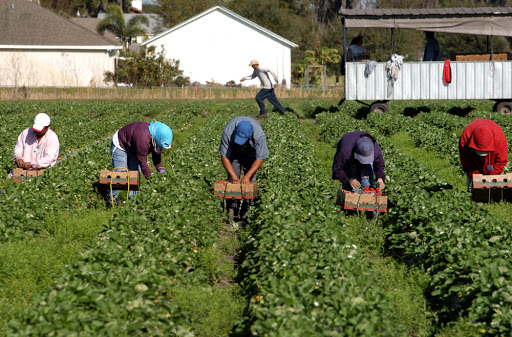H-2A workers have been hard to find consistently in agriculture as long as I’ve been covering it, which is the better part of my adult life. I don’t have enough day-to-day experience dealing with this to know why on Earth we can’t seem to figure this out? Any ideas? Please leave a comment and let me know the whole story? And does this news from the USDA and Department of Labor actually help?
U.S. Secretary of Agriculture Sonny Perdue today announced a partnership between the U.S. Department of Agriculture (USDA) and the U.S. Department of Labor (DOL) to help facilitate the identification of foreign and domestic H-2A workers that may be available and eligible to transfer to other U.S. agricultural sector employers to fulfill critical workforce needs within the U.S. under existing regulatory authority during the COVID-19 pandemic.

“Ensuring minimal disruption for our agricultural workforce during these uncertain times is a top priority for this administration,” Secretary Perdue said. “President Trump knows that these H-2A workers are critical to maintaining our food supply and our farmers and ranchers are counting on their ability to work. We will continue to work to make sure our supply chain is impacted as minimally as possible.”
“American farmers and ranchers are at the frontlines of maintaining the nation’s food supply,” Secretary Scalia said. “In these unprecedented times, it is critical for them to have the workforce they need. This new partnership between USDA and DOL will help support our farmers, ranchers, and American families.”
Background:USDA and DOL have identified nearly 20,000 H-2A and H-2B certified positions that have expiring contracts in the coming weeks. There will be workers leaving these positions who could be available to transfer to a different employer’s labor certification. The data, available on www.farmers.gov/manage/h2a, includes the number of certified worker positions, the current employer name and contact, attorney/agent name and contact, and the worksite address. This information will be a resource to H-2A employers whose workforce has been delayed because of travel restrictions or visa processing limitations. Employers should be aware that all statutory and regulatory requirements continue to apply. Employers are encouraged to monitor www.travel.state.gov for the latest information and should monitor the relevant Embassy/Consular websites for specific operational information.

